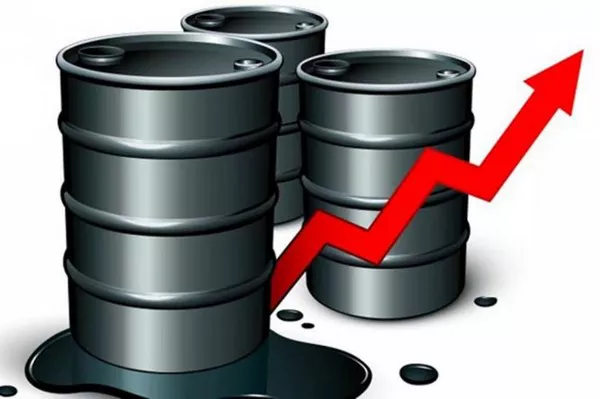The oil market, a cornerstone of the global economy, is a complex and multifaceted arena that continually undergoes price shifts and structural changes. One phenomenon that often garners attention and scrutiny is backwardation.
1. Understanding the Oil Market
The oil market encompasses the global trading and pricing of crude oil, a fundamental energy source with vast economic and geopolitical significance. The oil market is composed of various players, including oil producers, consumers, traders, and speculators, and is influenced by a multitude of factors, ranging from supply and demand dynamics to geopolitical tensions and economic trends.
2. What is Backwardation in the Oil Market?
Backwardation is a term used in commodities markets, including the oil market, to describe a situation in which the futures prices of a commodity are lower than its current spot price. In other words, it implies that oil for immediate delivery (spot price) is more expensive than oil for future delivery. Backwardation contrasts with its counterpart, contango, where futures prices are higher than the spot price.
3. Causes of Backwardation in the Oil Market
Several factors can lead to backwardation in the oil market:
a. Immediate Supply Constraints: Backwardation may occur when there are immediate supply constraints or disruptions in oil production or transportation, leading to higher spot prices as buyers compete for available oil.
b. Strong Demand: An exceptionally high and immediate demand for oil can also drive backwardation. If demand outpaces supply, purchasers may be willing to pay a premium for immediate access to oil, causing spot prices to rise relative to future prices.
c. Storage Costs: When storage costs are significant, it can incentivize sellers to offer discounts on future deliveries to avoid storage expenses. This can lead to backwardation as futures prices decline.
4. Implications of Backwardation
Backwardation in the oil market has several noteworthy implications:
a. Profit Opportunities: For traders and investors who correctly anticipate and act on backwardation, there may be profit opportunities. Buying oil at lower futures prices and selling it at higher spot prices can yield profits.
b. Signal of Supply Constraints: Backwardation often signals supply constraints or disruptions in the market. This can be a precursor to potential oil shortages, which may have wider economic implications.
c. Incentives for Inventory Drawdown: Backwardation can incentivize companies and nations to draw down their oil inventories, as it may be more profitable to sell oil in the current spot market than store it for future use.
5. Historical Examples of Backwardation
The oil market has experienced backwardation at various points in its history. Notable examples include the oil shocks of the 1970s, when geopolitical events and supply disruptions led to significant backwardation. More recently, the COVID-19 pandemic caused a brief period of backwardation in early 2020 due to demand uncertainty and a temporary supply glut.
6. Current Status of the Oil Market
As of my last knowledge update in September 2021, the status of the oil market can fluctuate rapidly. The oil market’s dynamics are influenced by a wide range of factors, including OPEC+ production decisions, global economic conditions, geopolitical tensions, and energy transition efforts.
To determine the current status of the oil market, it is advisable to consult reliable and up-to-date sources such as energy news outlets, commodity market reports, and authoritative sources like the International Energy Agency (IEA) or the U.S. Energy Information Administration (EIA). These sources provide real-time information on oil prices, supply and demand trends, and market sentiment.
7. Factors to Watch
Several factors are worth monitoring to assess whether the oil market is in backwardation or contango:
a. Futures vs. Spot Prices: Analyze the relationship between current spot prices and futures prices for various oil contracts. If futures prices are consistently lower than spot prices, it may indicate backwardation.
b. Supply and Demand Trends: Keep an eye on global supply and demand trends. A sudden surge in demand or a supply disruption can trigger backwardation.
c. Inventory Levels: Changes in oil inventories can provide clues about market conditions. A rapid drawdown of inventories may be a response to backwardation.
d. Geopolitical Events: Geopolitical events, such as conflicts in oil-producing regions, can disrupt supply and lead to backwardation.
Conclusion
In conclusion, the oil market is a complex and dynamic arena, with backwardation being a notable phenomenon within its landscape. Backwardation occurs when futures prices are lower than the current spot price and can be driven by factors such as immediate supply constraints, strong demand, and storage costs.
The implications of backwardation range from profit opportunities for traders to potential signals of supply constraints and incentives for inventory drawdown. To ascertain the current status of the oil market and whether it is in backwardation, it is essential to monitor real-time data and market developments from reliable sources. The oil market’s status can change rapidly, making ongoing analysis and vigilance key to understanding its dynamics.

